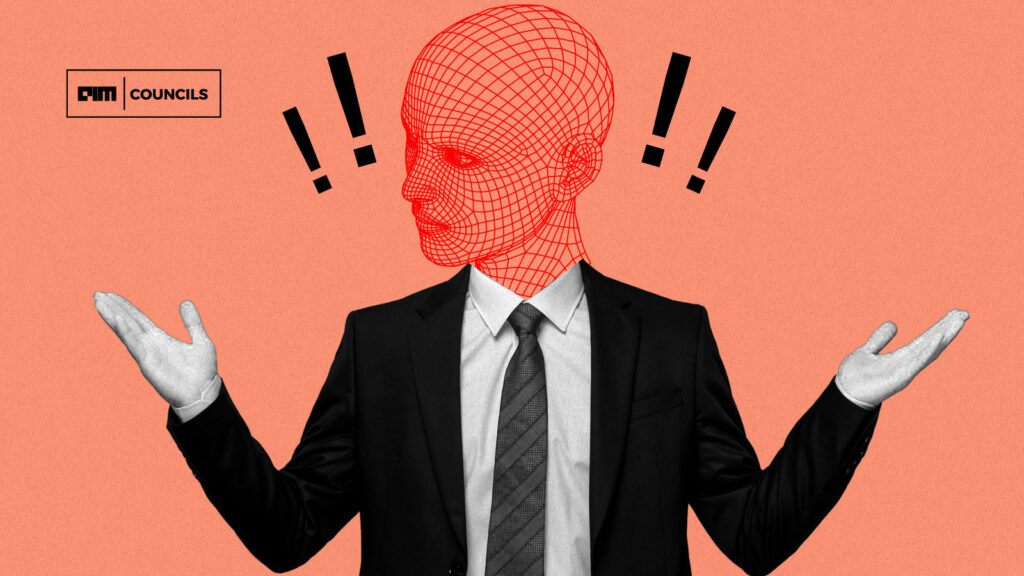For decades, the role of the CEO has remained relatively untouched by disruption. Sure, boards change, markets shift, and shareholders get restless, but the C-suite, particularly the corner office, has largely been viewed as disruption-proof.
That’s no longer a given. AI is creeping into the boardroom. And in some bold (or baffling) cases, it’s taking the top job.
When an Algorithm Takes Charge
The conversation around AI leadership is no longer theoretical. In 2022, NetDragon Websoft, a Chinese video game company, appointed an AI system named Tang Yu as its “rotating CEO.” The company credited Tang Yu with improving decision-making efficiency and enhancing operational effectiveness, claims that gained credibility when its stock rose by 10% in the months following the appointment.
But this wasn’t just about cost savings or curiosity. According to NetDragon’s leadership, Tang Yu helped optimize risk assessment models and reduce delays in operations, adding weight to the argument that AI can bring measurable value even at the highest levels of business.
Around the same time, Polish luxury rum company Dictador took a more theatrical approach, unveiling Mika—the world’s first humanoid robot CEO. Mika was marketed as an embodiment of bias-free leadership. But the hype faded fast. The company’s growth continues to lag behind industry benchmarks, and Mika’s awkward interview delays on live TV suggested we’re still far from replacing charismatic human leadership with code and circuits.
And this isn’t isolated. A youth empowerment group in India, CS India, appointed ChatGPT as its symbolic CEO. Another fintech firm in China rolled out an AI executive to help navigate investment decisions. While these cases remain fringe today, they represent a clear shift in mindset: AI isn’t just back-office tech anymore. It’s knocking at the executive door.
The Promise and Pitfalls of Algorithmic Leadership
On paper, the upside is obvious. AI doesn’t need sleep. It doesn’t burn out. It doesn’t play office politics. But here’s the catch: AI excels in predictable environments. When tested against real-world volatility, like the chaos of a pandemic or a supply chain disruption, AI-led simulations broke down. Performance dropped sharply due to overreliance on historical data and an inability to pivot.
As Manny Bernabe, a finance and analytics veteran, observed, “AI can handle operational efficiency and optimize well-defined tasks. But real leadership requires intuition, risk-taking, and the ability to navigate ambiguity.”
Leadership Isn’t a Spreadsheet
The role of a CEO goes far beyond operational efficiency. It involves culture, trust, and moral responsibility. While AI might optimize tasks, it doesn’t inspire teams. It doesn’t weigh the human cost of a decision. And it can’t be held accountable in the same way a leader can.
The Accenture Research 2024 study found that companies that have fully modernized with AI-led processes achieve 2.5 times higher revenue growth and 2.4 times greater productivity compared to their peers. The number of such organizations has nearly doubled from 9% in 2023 to 16% in 2024.
But there’s also a glaring trust gap. At Dictador, union representatives raised concerns that Mika couldn’t engage in contract negotiations or address worker safety issues. And as one industry observer put it, “A machine can’t promise work-life balance when it doesn’t live.”
The reality is, AI can’t navigate ambiguity the way humans can. It doesn’t instinctively know when to double down or walk away.
Just think about Steve Jobs returning to Apple. His decision to kill multiple projects and refocus on a handful of products wasn’t driven by data—it was driven by instinct. That kind of strategic restraint is hard to encode into an algorithm.
Where We Go From Here
This isn’t a call to dismiss AI in leadership. Far from it.
The more balanced view, the one being quietly adopted by forward-looking companies, isn’t about AI replacing CEOs. It’s about augmenting them. Think of AI as an executive partner: helping surface insights, pressure-testing strategies, and flagging risks in real time. But the judgment, empathy, and responsibility? That still rests with humans.
NetDragon itself appears to be evolving toward this hybrid model. While Tang Yu focuses on operational analytics, human leaders continue to engage with employees, customers, and communities—areas where emotional intelligence still reigns supreme.
Wu offers a final caution: “Markets are unpredictable, and AI models rely on historical data, struggling with black swan events or shifting macroeconomic conditions. Humans can think beyond models: interpreting political, economic, and technological shifts in ways that AI can’t.”
Final Word for the C-Suite
Will AI replace the CEO?
Not anytime soon. But it is changing what leadership looks like.
Tomorrow’s CEOs will be those who can harness AI’s analytical horsepower without outsourcing their own humanity. They’ll use AI not as a crutch but as a co-pilot, allowing them to make faster, sharper, and more ethical decisions.
The real question isn’t “Will AI lead?”
It’s “Are today’s leaders ready to lead with AI?”












